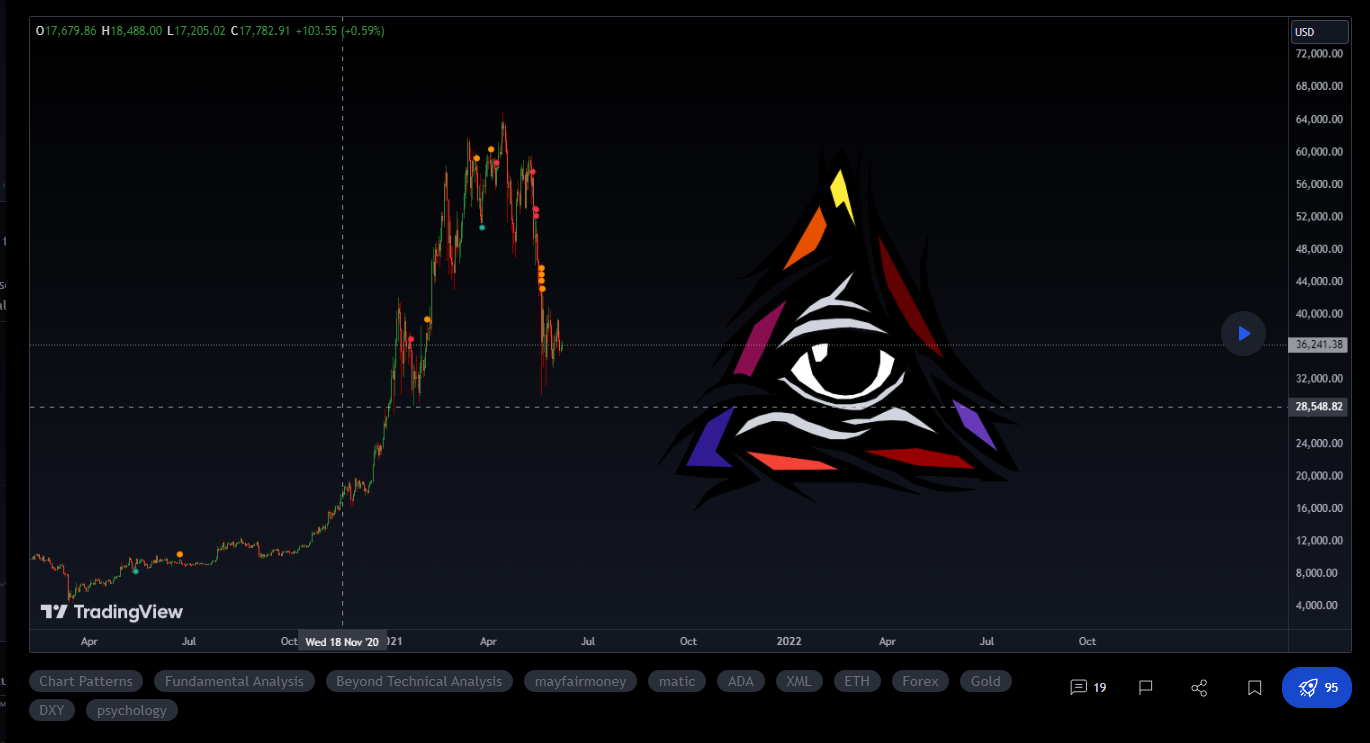Educational cartoons
#bitcoin #btc #trading #crypto #gold #silver #sp500 #forex #fx #elliottwave #dow #nasdaq
Over the last 12 months or so, I spent some time creating cartoons to work around some heavy educational topics. A lot of this is done by using the @TradingView Polyline tool. I wanted to share them in one place along with a chronology that might fit some pieces together for some of you in the community.
So let's walk through each;
For those who don't know me, I've traded a very long time - from my experience, the major hurdle for any new trader, regardless of the instrument is psychology. People think they can come into a market, follow a guru or watch a youtube video and become industry experts! You need to understand the psychology behind the market and yourself, before you can even start to scratch the surface in terms of trading.
To highlight this, take a look (each post - you can click through the image for the full post) Let's start with Homer Simpson.
Bitcoin was more than happy - rolling around at the levels we were seeing, expectations and sentiment wanted 100k, 275k - even a million. But there was no supporting evidence to suggest that was where we are headed (yet).
You see although the cartoons are simple - they are very specific to the journey - either as a new trader or if your a follower of crypto markets.
The main issue I see with Crypto - is the crowd. Therefore you have to analyse the charts from an emotional perspective; some great traders including Elliott, Wyckoff & Gann. Actually understood not technical analysis - but emotional sentiment.
Once you understand the process - it is much, much easier to make informed decisions with an edge. Instead of playing the fool, learn to think for yourself.
You can follow social media personalities - but you will get burned. These guys often make money from social posts and affiliate links not from trading.
Sitting back to relax and not wasting hours on a chart - can actually be beneficial for your health and your wallet. I know it's not easy to say and of course, its even harder to do. But what you need to remember is retail tend to lose 70% + of their trades. So take a few less and search for higher probability. It's a numbers game overall.


















